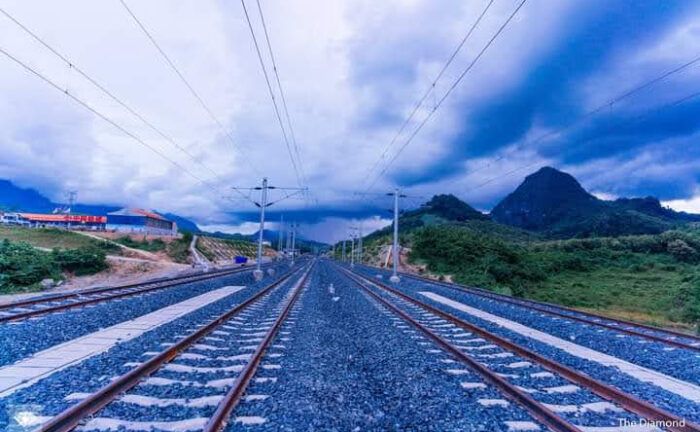
Laos-China Railway on Track for December
The 6 US Billion Laos-China railway which was started in December 2016 is a year early and set up open on Lao National day this year, 2 December.
The railway runs from the town of Boten on Laos’s border with China to the capital Vientiane and is now 93.82% complete according to the Miniter of Planning and Investment. That seems a very specific figure.
Chinese operators are bringing in locomotives, electric multiple unit trains, and other equipment to conduct the first trial run of the railway in October. It is an effective extension of China’s high-speed rail system into Laos, another headline project of Xi Jinping’s world-spanning Belt and Road Initiative (BRI). The completion of the railway will deepen China’s influence over the landlocked nation of seven million Lao.
Despite COVID19 and over a hundred Lao workers have gone without pay for almost two months the railway is ahead of schedule. As at 23 September, laborers, who work in two villages in the capital Vientiane for several Chinese subcontractors, had been told they would be paid for their work at the end of each month, but one worker said their pay had been held back.
The project is expected to lower the cost of exports and consumer goods in Laos and boost socio-economic development which is good news if this eventuates as since COVID the cost of staple food has risen dramatically.
The standard gauge single-track line cuts through 417 kilometers of rugged mountainous terrain from Boten to Vientiane, including 61 kilometers of bridges and 75 tunnels with a total length of 198 or 260 kilometers (reports vary).
The Laos-China railway is likely to increase the number of Chinese nationals traveling to Vientiane, which already boasts a large resident Chinese population while boosting Chinese tourism to the former royal capital of Luang Prabang
COVID-19, Laos, Luang Prabang, Travel
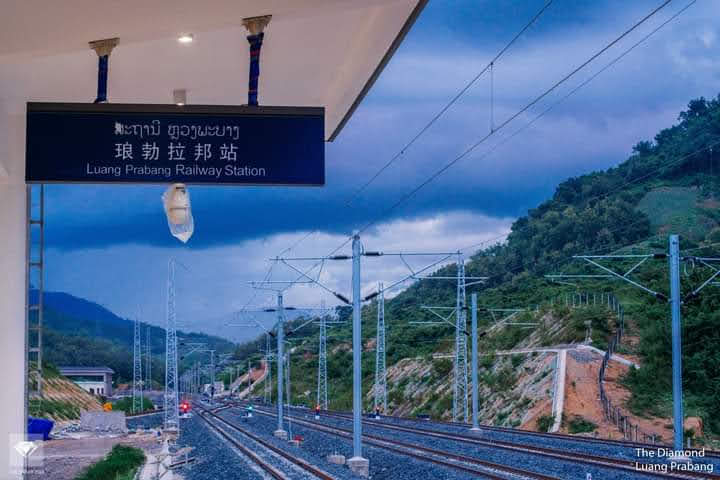
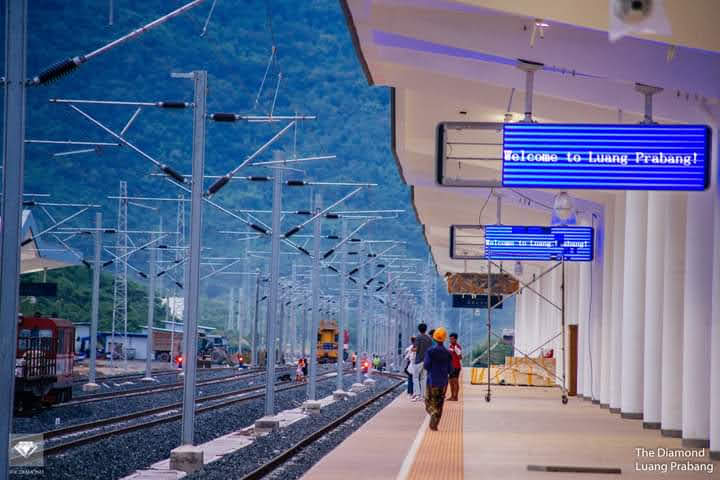
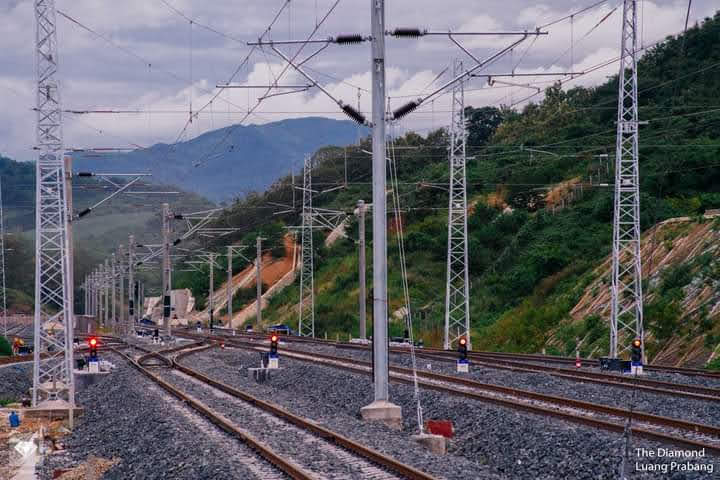
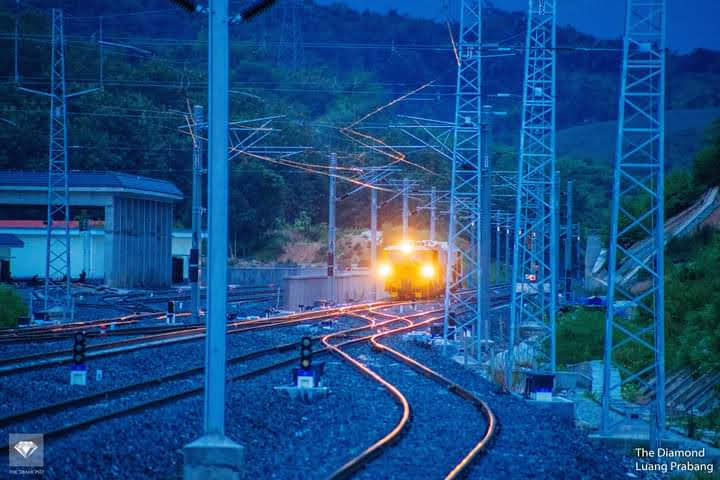
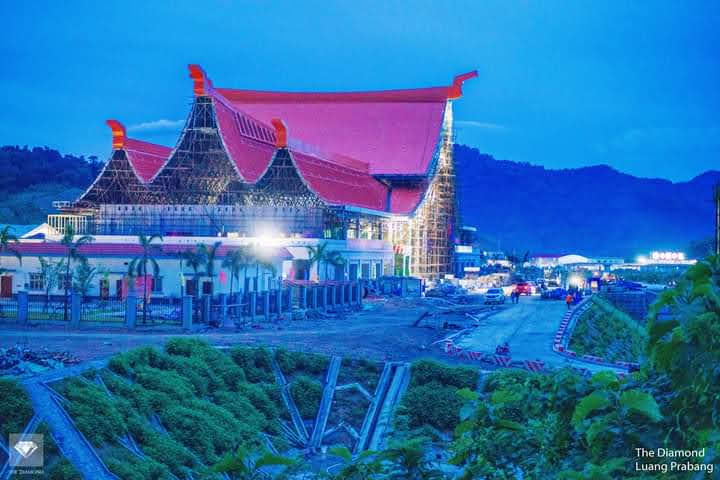
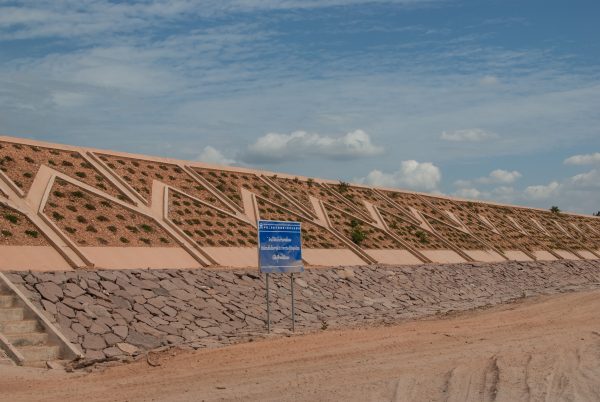
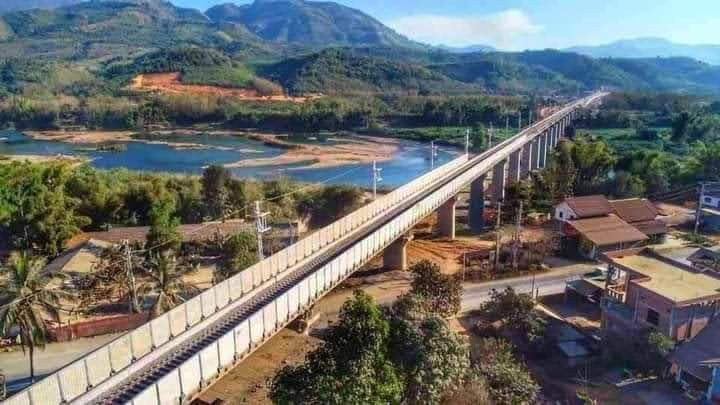
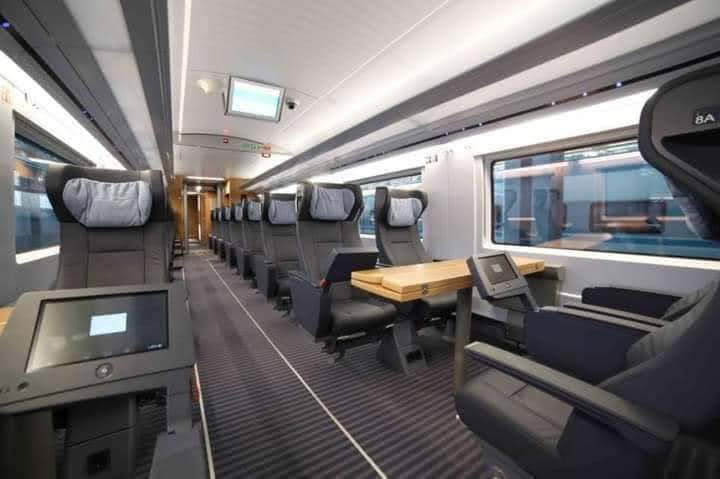





https://www.vientianetimes.org.la/freeContent/FreeConten_PM196.php
PM confirms Laos-China railway to open on December 2
Prime Minister Phankham Viphavanh said on Wednesday that the Laos-China Railway will open on December 2 – the day when the Lao PDR will celebrate its 46th anniversary.
The premier confirmed the opening of the railway amid growing concerns that the escalating Covid-19 outbreak might affect the planned start of railway services.
Currently, many provinces and Vientiane are under lockdowns that restrict people’s movements.
PM Phankham confirmed that the government will go ahead with the opening as planned, telling reporters both online and off-line “(I) confirm that the railway will surely open on December 2.”
The government is drawing up plans for the opening and operation of the railway under conditions that comply with Covid control measures, to ensure the safety of everyone concerned.
The plan will address “How we can open services for tourism,” he said.
Authorities are working out measures to be introduced at the Laos-China border for the inspection of goods and passengers prior to entry and exit.
Initially, railway operations will focus on freight transport. Services for tourists will be offered later depending on the circumstances in which traveller safety can be assured with respect to Covid.
When it is able to operate normally, the prime minister said the railway will greatly benefit Laos given its significant role in bolstering tourism and the transport of goods.
It is expected that the 422.4-km railway will cut the cost of transport through Laos by 30-40 percent compared to travel by road, thus giving a boost to trade and investment.
The developer of the Thanaleng Dry Port and Vientiane Logistics Park said the railway would be a significant force in enabling Laos to be part of a new global supply chain.
Mr Chanthone Sitthixay, Chairman of Vientiane Logistics Park Co., Ltd. – the developer of the dry port and logistics park – said the transport of goods from Southeast Asia to Europe via the railway would take just over 10 days.
This is much shorter that using the sea route, which takes about 45 days for goods to reach Europe, and he predicted that countries in the region would choose to ship their containers via the railway.
Initially, at least 300,000 containers from Laos, mainly from the Thanaleng Dry Port, are expected to be shipped via the Laos-China railway to Europe through China each year. Later, shipments are estimated to rise further to between 1.2 and 1.8 million containers a year, according to the Chairman.
https://www.csmonitor.com/World/Asia-Pacific/2021/1220/Is-China-ensnaring-poor-countries-by-building-their-infrastructure